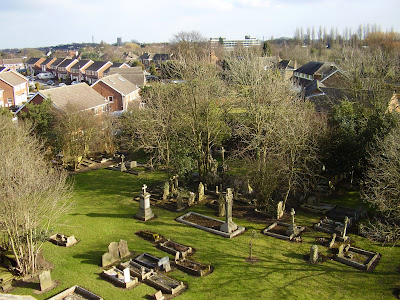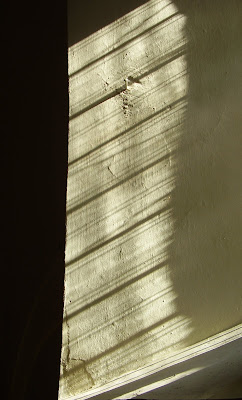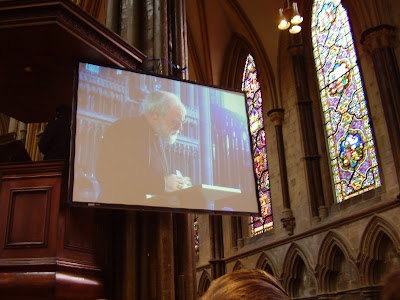 Magopa, a village to the west of Johannesburg, was to be demolished and its inhabitants forcibly removed at gunpoint to a homeland in apartheid’s forced population removal schemes. On the eve of the departure, a vigil of church leaders from all over South Africa was held at Magopa. The village clinics, shops, schools and churches had already been demolished. At about midnight an elder of the doomed village got up to pray and he prayed a strange prayer that I will never forget. He said, ‘God, thanks you for loving us so much’.
Magopa, a village to the west of Johannesburg, was to be demolished and its inhabitants forcibly removed at gunpoint to a homeland in apartheid’s forced population removal schemes. On the eve of the departure, a vigil of church leaders from all over South Africa was held at Magopa. The village clinics, shops, schools and churches had already been demolished. At about midnight an elder of the doomed village got up to pray and he prayed a strange prayer that I will never forget. He said, ‘God, thanks you for loving us so much’.The quotation comes from Archbishop Desmond Tutu’s An African Prayer Book. I was as struck by the Elder’s prayer as anyone, but, thinking about it, I don’t think it is as strange as it first appears.
At each Eucharist we say it is ‘right to give thanks and praise’, and often add that this is appropriate ‘always and everywhere’, which isn’t an English reminder that it is polite to say ‘thank you’ but a fundamental reorientation around the text most regularly read at funerals ‘I am persuaded that there is nothing in all creation which will be able to separate us from the love of God in Christ’.
The idea that it is right to give thanks and praise always and everywhere is worn so smooth by our regular use of it that we hardly notice that it is saying it is right to give thanks and praise even as the worst things close in around us.
At the Eucharist we also often speak of what we remember happening ‘on the night he was betrayed’, which isn’t an historic reference helpfully associating our remembrance with the Last Supper but an essential reminder that Jesus was not saying ‘the institution of the sacrament is the last bit of the project I need to put in place before the unpleasantness of tomorrow after which we will have the resurrection and church and everything is going to be alright’.
The idea that this happened in the night in which he was being betrayed is worn so smooth by our regular use of it that we hardly notice it is saying that Jesus did this as everything he had begun was collapsing around him.
A guru, who had come from a village just outside Jerusalem, was to be forcibly removed at swordpoint and almost immediately executed as part of Rome’s systematic population control schemes. On the eve of his arrest, a vigil of his closest followers was held in Jerusalem. The one who was to betray him had already put the arrangements in hand and the guru could see for certain that he would be deserted, humiliated and killed. At about midnight the guru whose life was doomed and the future of whose worked appeared nil got up to pray and he prayed a strange prayer which has never been forgotten. He took bread and wine and said ‘God, thank you for loving us to much’.











